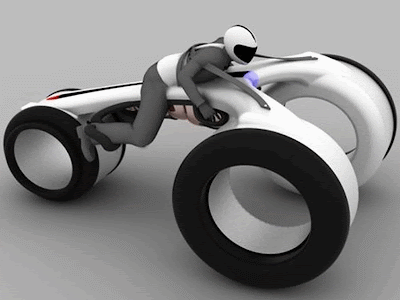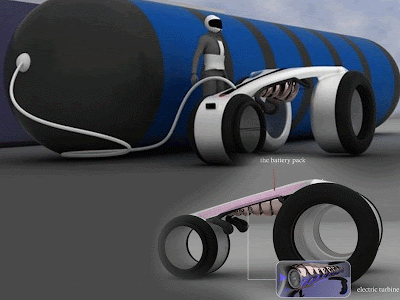
Despite it’s BMW X6-like looks, this isn’t a crossover coupe kinda thing, it’s actually a C-segment executive sedan, set to be Volvo’s new weapon against the likes of the BMW 3-Series and the Mercedes-Benz C-Class. We’ll see it on the roads in 2010, but for now let’s have a look at the concept version.
Under the hood is a new 1.6 liter GTDi engine. GTDi stands for Gasoline Turbocharged Direct Injection and it can produce 180 horsepower from such a small displacement engine. The GTDi engine also has start-stop function, and is mated to a Powershift twin clutch transmission. CO2 emissions are rated at 119g/km and fuel consumption is pegged at 5.0 liters consumed per 100km travelled. Some technical features that help achieve this fuel consumption and also contribute to better aerodynamics are flat underbody panels, the use of lightweight materials, and a grille shutter which closes to reduce air drag whenever there is less need for air cooling.

The exterior is clearly derived from the aggressive styling of the Volvo XC60, but there are little touches here and there which make you feel they really paid attention to detail with the car. For example, the headlamps have Scandinavian influences in it. Apparently they create the image of two miniature Viking longboats sailing side by side, one for the main beam and one for the dipped beam. This will probably be dropped in the production version for a conventional projector and reflector combination.
Volvo says the lines on the car do not end abruptly but instead flows continuously from the front to the end of the car, inspired by fast sweeps of a race track. The X6-like stance is probably due to the large 7-spoke wheels which are 20 inches in size and wrapped with low profile tyres. Hiding behind the wheel spokes are brake calipers which are painted bronze to match the exterior “Warm Liquid Copper” colour.

The interior is much more experimental, and according to Volvo Cars design director Steve Mattin, it indicates Volvo’s future interior design direction. The floating center stack has been revealed previously and is made of solid Orrefors crystal, but we probably won’t see such luxury in the production version. This center stack flows from the instrument panel all the way to the rear seat’s backrest.
Anyway, enough of the design details, as sometimes a designer’s justification of the themes that inspired his design does not make sense. Let’s have a look at the safety features that Volvo has built into the new Volvo S60 Concept. which hopefully will cross over to the production model, or another production Volvo at least if they are too expensive to include with a C-segment car.

Volvo has allowed the car to automatically brake to avoid collisions with the car in front of you if the difference of speed between the two vehicles is less than 25km/h. This is because apparently studies show that half of all drivers who hit another vehicle from behind do not brake prior to the collision.
In an emergency, the driver gets an audible warning with a white flashing light in the windscreen’s HUD. It looks like a flashing brake light coming on in front. This is an enhancement over the current system found in cars such as the S80 where a light on top of the dash flashes, but now its changed to a flashing in the heads-up display. If the driver does not respond to this warning and collision is imminent, the car brakes with full braking power. However the main idea is still to warn the driver of the impending collision and let him take evasive action on his own, with the auto brake to be used only at the very last minute as a last resort.

















